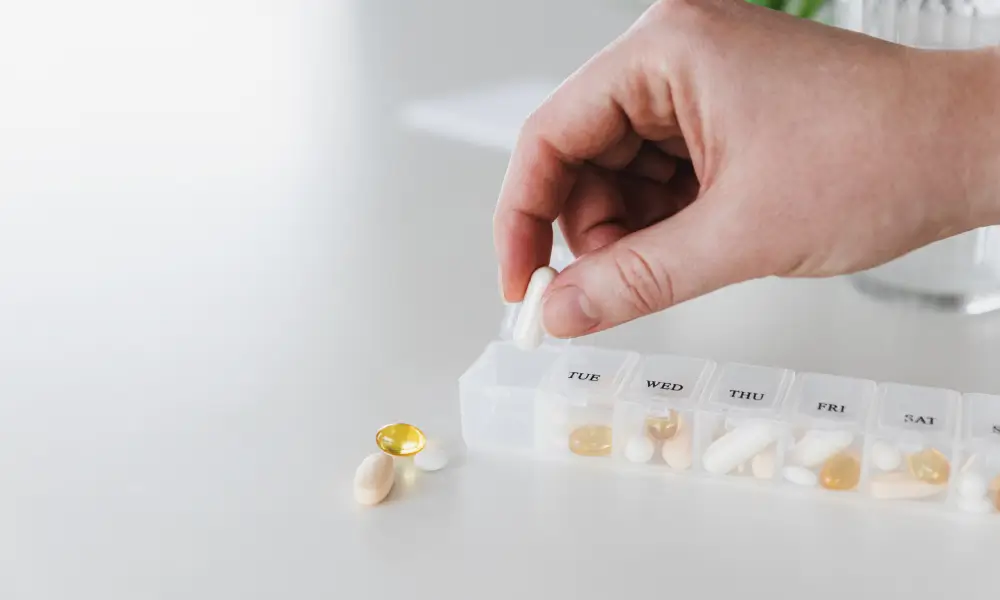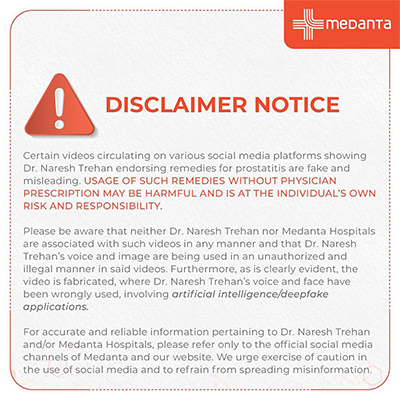Glipzide

Uses / Benefits of Glipizide
Doctors use glipizide to lower blood sugar levels in adults with type 2 diabetes mellitus. The drug works best with diet and exercise rather than alone. It also pairs well with metformin if patients don't achieve good metabolic control within three months.
How Does Glipizide Work?
The medication stimulates more insulin release from pancreatic beta cells. It blocks potassium channels in beta cells and causes cell depolarisation that opens voltage-gated calcium channels. Calcium flows in and triggers insulin secretion. You'll see results about 30 minutes after taking the medication, lasting 12-24 hours.
Conditions It Will Treat
Glipizide treats type 2 diabetes mellitus specifically. The drug isn't right for type 1 diabetes or diabetic ketoacidosis. While it can't cure diabetes, it helps keep blood sugar levels stable.
Precautions While Using Glipizide
Be careful if you have:
Liver or kidney disease
G6PD deficiency
Intestinal blockage
Doctors don't recommend glipizide during pregnancy, especially in the final two weeks.
Nursing mothers should talk to their doctors before using this medication.
What If I Missed a Dose?
Take your missed dose before eating if possible. Skip it if your next dose is coming up soon and stick to your regular schedule. Don't take a double dose to make up for a missed one.
How & When to Take Glipizide
Regular tablets work best 30 minutes before breakfast or your first meal. Extended-release tablets should go with breakfast.
Blood sugar levels can drop dangerously low if you take glipizide without food, so follow your doctor's instructions carefully.
Make sure to swallow extended-release tablets whole without crushing, chewing, or breaking them.
Side Effects of Glipizide
Common side effects are:
Diarrhoea, constipation, gas
Tremors or shaking
Skin rash
Serious adverse effects:
Severe allergic reactions
Hypoglycemia (low blood sugar)
Drug Interactions
Glipizide interacts with many drugs. Let your doctor know about all the medicines and herbal supplements you are taking before you begin using this drug. Some of the common medications that can interact with glipizide include:
Antifungals
Aspirin
Beta-blockers
Certain antifungals
Chloramphenicol
Corticosteroids
Diuretics
Isoniazid
NSAIDs
Phenytoin
Probenecid
Quinolone antibiotics
Salicylates
Steroids
Thyroid medications
Dosage for Glipizide
Proper glipizide dosage is crucial to manage blood sugar effectively. Doctors prescribe this medication in two different forms: immediate-release and extended-release tablets.
Patients taking immediate-release tablets usually start with 2.5-5 mg once daily 30 minutes before breakfast. Daily maintenance doses range from 2.5-40 mg, though most patients need only 5-10 mg. Daily doses above 15 mg work better split into two doses.
The extended-release version begins with 2.5-5 mg once daily before the first main meal. Doctors adjust these doses less often than immediate-release tablets - usually once per week at most. Patients should not exceed 20 mg daily with extended-release tablets.
Doctors recommend the lowest possible dose of 2.5 mg daily for elderly patients and those with kidney or liver issues. This careful approach prevents dangerous blood sugar drops.
Storage Guidelines
The right storage of glipizide helps the medication stay effective throughout its shelf life. Store the tablets at room temperature between 68°F and 77°F (20°C to 25°C).
These steps will help maintain glipizide's potency:
Keep tablets in their original container with the lid tightly closed
Store in a cool, dry place away from moisture
Shield from direct light and heat sources
Avoid storing in bathrooms or damp areas
Keep away from freezing temperatures
Your glipizide medication should stay out of children's sight and reach.
Glipizide vs Glyburide
Physicians often think over the pros and cons of glipizide versus glyburide while choosing between these popular sulfonylureas.
Parameter | Glipizide | Glyburide (non-micronised) | Glyburide (micronised) |
Approximate equivalent dose | 10 mg | 5 mg | 3 mg |
Half-life | 2-4 hours | 10 hours | ~4 hours |
Onset of action | 1-3 hours | 2-4 hours | 1 hour |
Duration of effect | 10-24 hours | 16-24 hours | 12-24 hours |
Effect of food | Absorption delayed | Absorption not affected | Absorption not affected |
These medications show notable pharmacokinetic differences. Glipizide has a shorter half-life (2-4 hours) compared to glyburide (10 hours). Food delays glipizide's absorption but doesn't affect how glyburide gets absorbed.
Both medications control hyperglycemia effectively and show similar safety profiles. They are great options that doctors can choose based on each patient's specific needs.
Diet & Lifestyle Advice
Your lifestyle changes and glipizide work together to control diabetes effectively. A proper diet is the core of type 2 diabetes management, even when you need medications.
Your healthcare team's meal plan should be your guide. The right foods will help maintain steady blood sugar levels. These include:
Lean proteins (chicken, turkey, fatty fish, tofu, eggs)
Fibre-rich options (beans, lentils, fruits, vegetables)
Whole grains (quinoa, brown rice, oats)
Healthy fats (avocado, nuts, olive oil)
Conclusion
Type 2 diabetes brings its share of challenges, but medications like glipizide are a great way to get control when used correctly. This medication works best as part of an all-encompassing approach to diabetes care. Glipizide boosts insulin production quickly and starts working within 30 minutes. Its effects can last up to 24 hours, though it doesn't cure the condition.
The right dosing is crucial to work safely and effectively. Most patients do well with 5-10 mg daily, though doctors might adjust this based on individual needs.
Avoid alcohol, processed items, and sugary drinks while taking this medicine. Getting 150 minutes of weekly physical activity boosts insulin sensitivity by a lot.
Glipizide is just one tool in your diabetes management toolkit. Regular doctor visits, blood sugar checks, consistent medication timing, and better lifestyle choices create the best foundation to control blood glucose levels.
FAQs
Should I take glipizide before or after meals?
Your medication form determines the timing. Take immediate-release tablets 30 minutes before your first meal of the day. Extended-release tablets work best with breakfast or your first meal.
What are the common side effects of glipizide?
Your body typically adjusts to these mild side effects:
Dizziness and nervousness
Diarrhoea and gas
Feeling jittery or shaky
Nausea
Allergic reactions and unusual weakness
Can glipizide cause low blood sugar (hypoglycemia)?
Low blood sugar remains a serious concern. Watch for these warning signs:
Confusion or dizziness
Sweating and chills
Fast heartbeat
Hunger and headache
Quick sugar sources like glucose tablets or fruit juice should always be within reach.
How long can you safely take Domperidone?
Doctors suggest using Domperidone for a short time one to two weeks. Longer use can raise the chances of heart rhythm issues. Make sure to stick to your doctor's advice.
